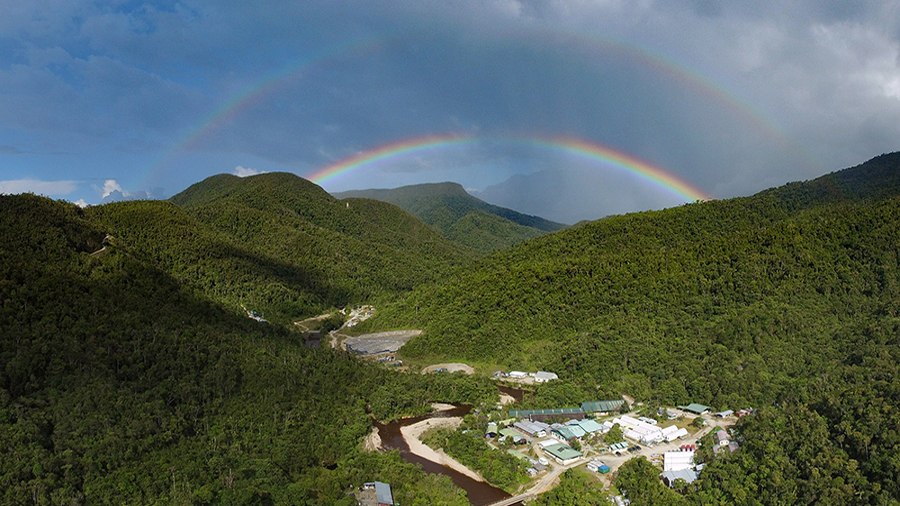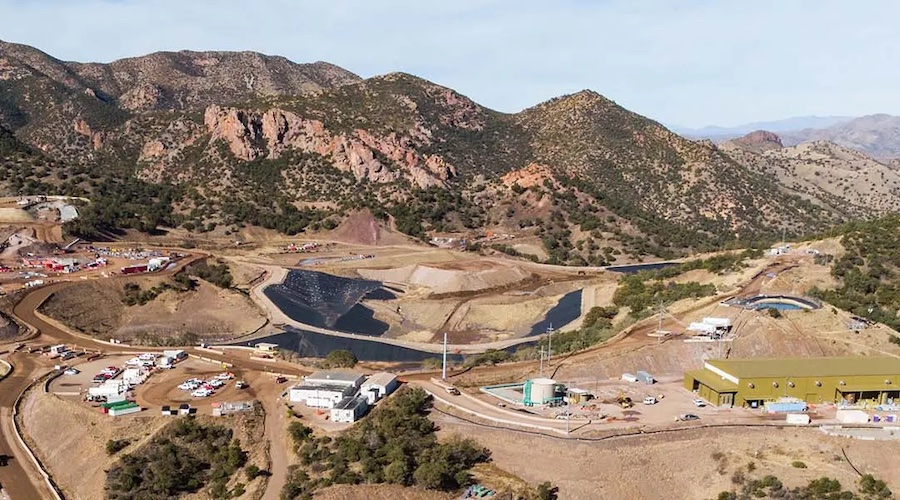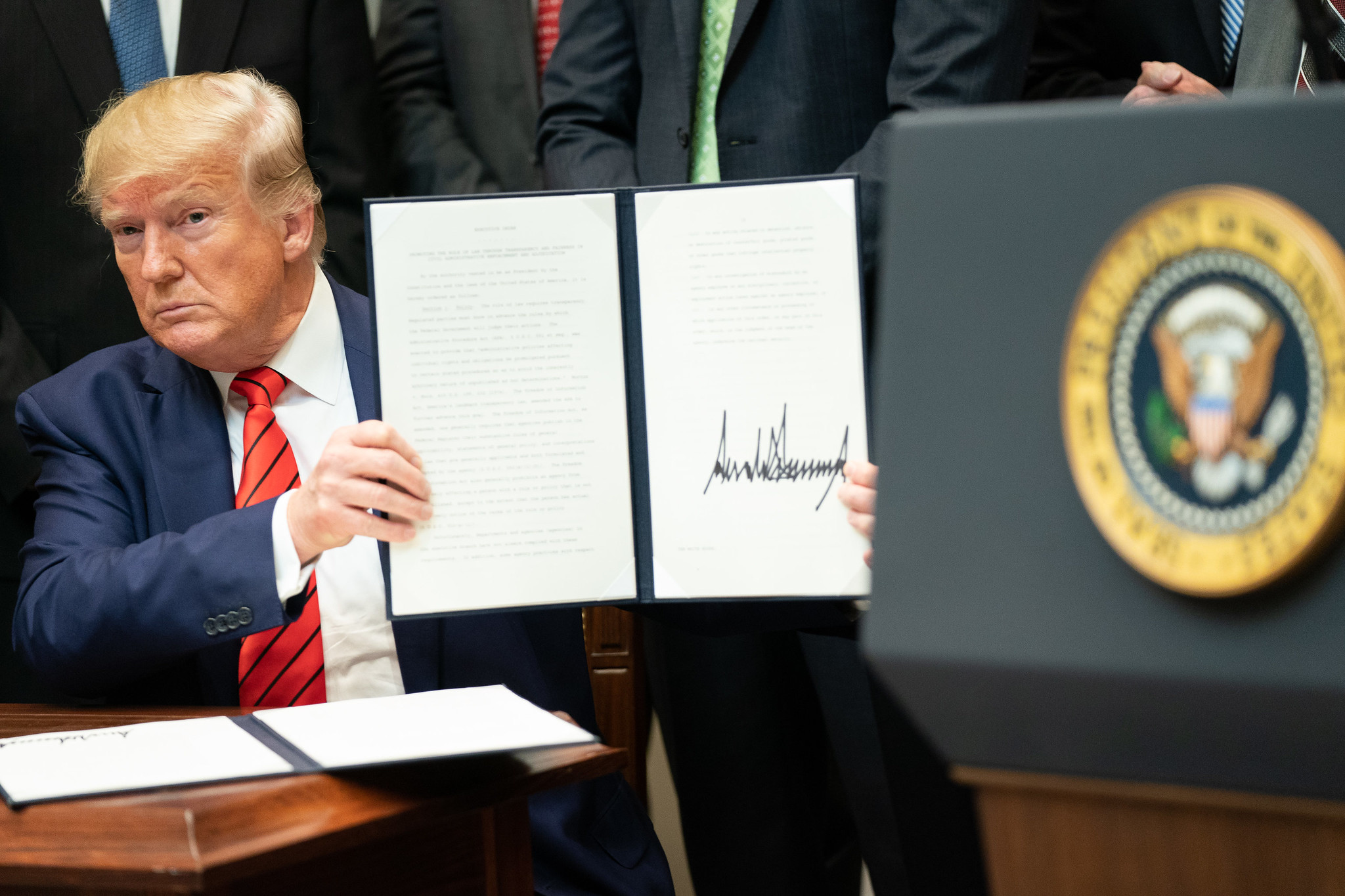Lundin Mining has hefty M&A appetite for copper, says incoming CEO

TORONTO, Sept 13 (Reuters) – Canada’s Lundin Mining Corp is on the hunt for copper mines and projects and willing to spend up to $3 billion on mergers and acquisitions, its incoming chief executive officer said in an interview on Thursday.
But Lundin will stick with its strategy of disciplined bids and a focus on low-risk jurisdictions, Marie Inkster said at the company’s Toronto head office.
The base metal miner was recently outbid by China’s Zijin Mining Group in its hostile takeover offer for Nevsun Resources.
“We want to get more copper. We want to get more mines. We want good prospects,” said Inkster, who will take over as CEO when Paul Conibear retires later this year.
“We want to get more copper. We want to get more mines. We want good prospects.”
The change of guard, announced one day before the Nevsun hostile bid in late July, caught some investors and analysts off guard.
Inkster, Lundin’s Chief Financial Officer since 2009, said the news should not have surprised those who know the company, noting that Conibear had named her as his successor at an internal meeting two years ago.
Aiming for board and executive stability, with no strategic “sudden right turns,” Inkster said she will direct her exploration team and new head of corporate development, Peter Rockandel, to chase down “all avenues” for M&A.
Lundin’s last major acquisition, in 2014, was a $1.85 billion purchase of Freeport-McMoRan’s 80-percent stake in the Candelaria copper mine in Chile.
To finance that deal and a debt restructuring, Lundin raised $2.2 billion, coming close to its market capitalization. Inkster backed the “big bite” transaction, structured to minimize risk by combining up-front stream financing, high-yield debt, and equity for the asset, which had a cash flow that supported debt.
Lundin’s chairman said earlier this year that he would now be prepared to spend as much as $3 billion on a base metal asset.
“Would be dependent on the availability of the asset rather than our willingness.”
The likelihood of a deal of that size “would be dependent on the availability of the asset rather than our willingness,” said Inkster. “We would be willing to do that for an asset that would support its debt with cash flow,” she said.
Inkster said an ideal acquisition would be a mine that would operate for 10-years-plus in low-risk areas. Lundin has operations in Chile, Portugal, Sweden and the United States.
Lundin has done well wringing better results from mines sold by debt-loaded global miners, but there are fewer such opportunities now.
“Perhaps the next wave of assets that shake free is where there is a change in strategy … a company which suddenly decides that certain assets are non-core,” Inkster said.
Lundin could also spend up to $150 million to buy a promising exploration company, and would consider staged investments in small miners that are tied to exploration results, she added.
(Reporting by Susan Taylor; Editing by Leslie Adler and Rosalba O’Brien)
More News
South32 breaks ground on remote operating center at Hermosa project in Arizona
April 24, 2025 | 04:20 pm
{{ commodity.name }}
{{ post.title }}
{{ post.date }}



Comments